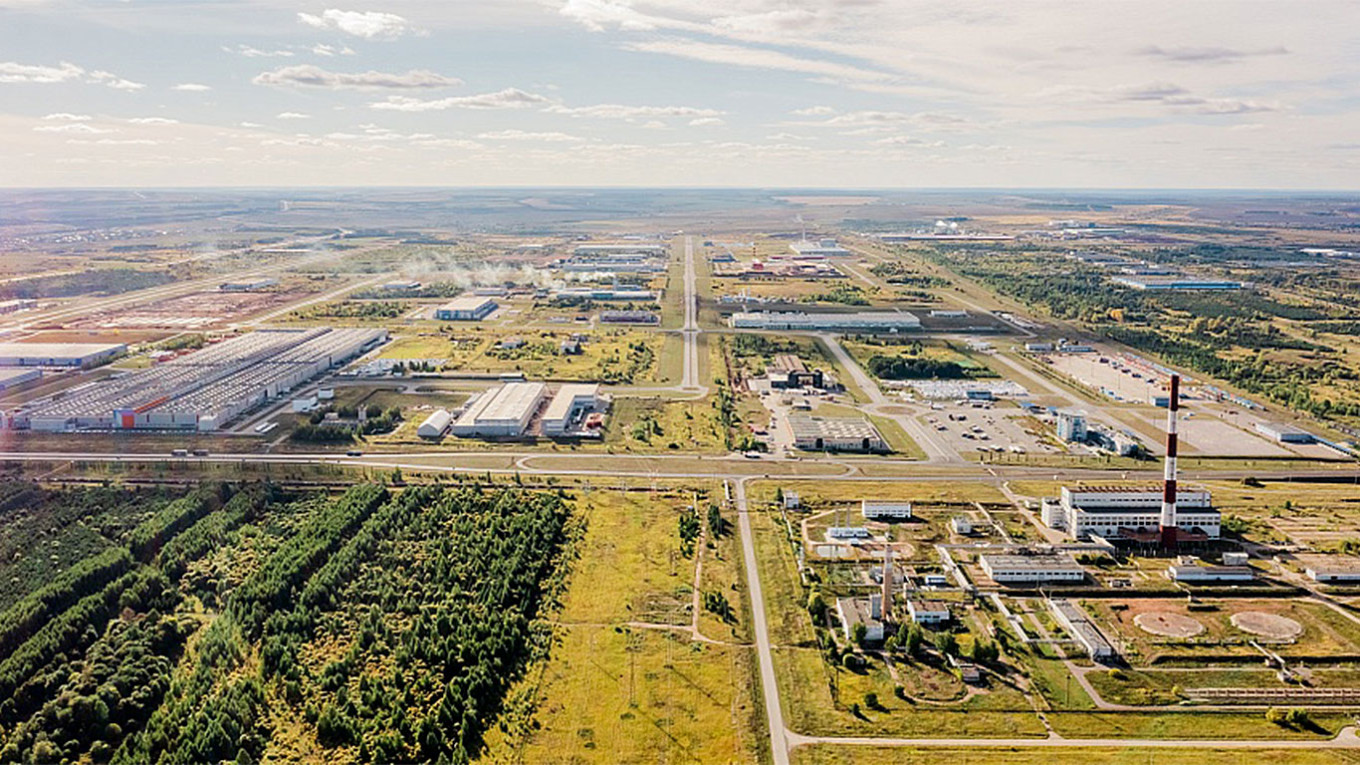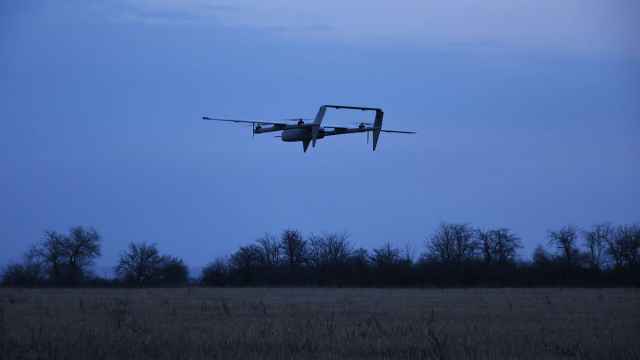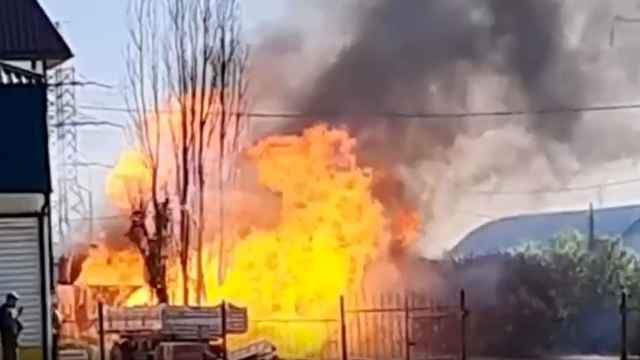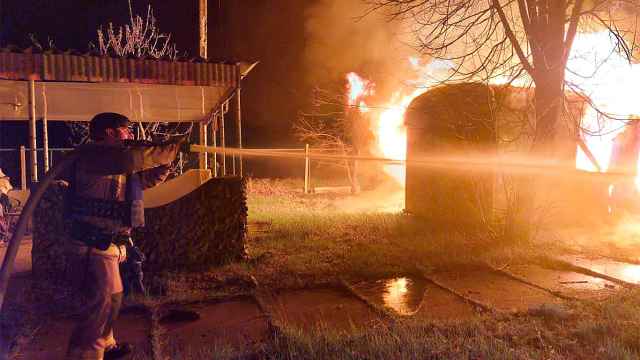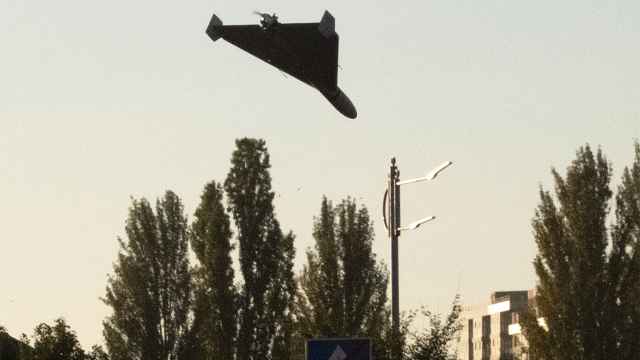Manufacturing facilities based in one of Russia’s special economic zones have been assembling Iranian drones used to attack Ukraine, the Protokol and Razvorot independent media outlets reported in a joint investigation published Monday.
As part of a three-stage franchise agreement, specialists at the Alabuga special economic zone in the republic of Tatarstan assemble prefabricated drone parts delivered from Iran which are labeled as "Belarusian boats," according to internal planning documents.
Anonymous sources and documents cited by Protokol and Razvorot reveal that certain parts of the drones will eventually be manufactured locally, with the production process planned to be fully automated in Russia over the next two to three years.
The investigative outlets, citing documents signed by Defense Minister Sergei Shoigu and forwarded to President Vladimir Putin, estimate the Russian-Iranian contract's cost at between 115 million ($1.3 million) and 130 million rubles ($1.5 million).
In March, the Alabuga economic zone reportedly assembled around 70 Iranian Shahed drones, which would appear to corroborate a late-March report by the British Defense Ministry that Russia launched “at least” 71 of the drones against Ukraine that month.
The Washington Post first reported on the Russian-Iranian drone production deal in November, citing U.S. and Western intelligence. CNN published a similar report citing intelligence from an unnamed country that closely monitors Iran’s weapons program.
Days later, Russia's Industry and Trade Minister Denis Manturov visited Alabuga to relaunch a car production facility amid an exodus of Western manufacturers over Moscow’s invasion of Ukraine.
Protokol and Razvorot said part of Manturov’s trip was unpublicized and dedicated to “pushing through” Iranian drone assembly in the economic zone.
Alabuga’s assembly plant reportedly spans 40,000 square meters — the size of six soccer fields — with plans to expand the facility to over 100,000 square meters as the Russian-Iranian deal advances into its second and third stages.
Senior managers at the special economic zone traveled to Iran in March as part of efforts by Tehran to train more than 200 Russian specialists on assembling and adapting the drones for Moscow's war needs, according to Protokol and Razvorot.
Last month, the U.S. shared satellite images of Alabuga and expressed concerns that Iran was planning to build a drone factory there, saying it could become operational in early 2024.
The Kremlin has repeatedly denied using Iranian drones to attack Ukraine.
A Message from The Moscow Times:
Dear readers,
We are facing unprecedented challenges. Russia's Prosecutor General's Office has designated The Moscow Times as an "undesirable" organization, criminalizing our work and putting our staff at risk of prosecution. This follows our earlier unjust labeling as a "foreign agent."
These actions are direct attempts to silence independent journalism in Russia. The authorities claim our work "discredits the decisions of the Russian leadership." We see things differently: we strive to provide accurate, unbiased reporting on Russia.
We, the journalists of The Moscow Times, refuse to be silenced. But to continue our work, we need your help.
Your support, no matter how small, makes a world of difference. If you can, please support us monthly starting from just $2. It's quick to set up, and every contribution makes a significant impact.
By supporting The Moscow Times, you're defending open, independent journalism in the face of repression. Thank you for standing with us.
Remind me later.


